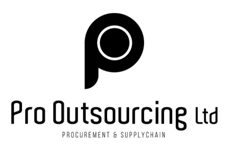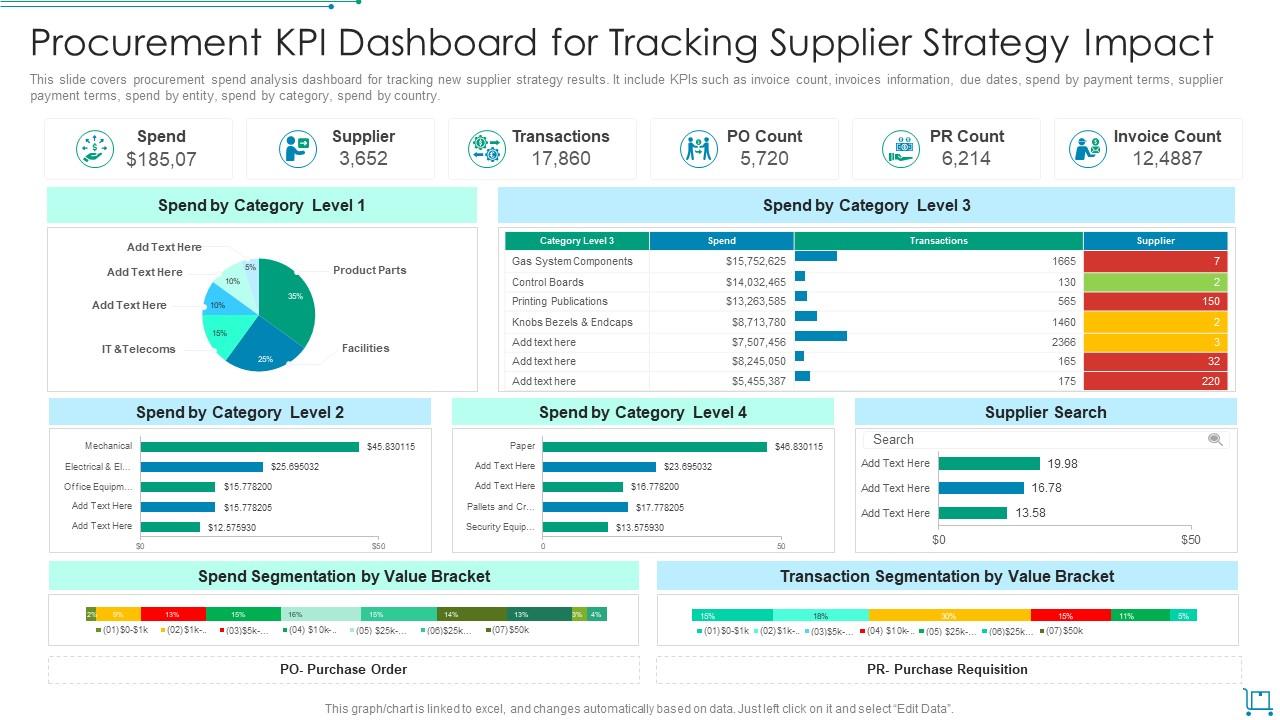Key KPIs and Dashboards for a Procurement Department: A Comprehensive Guide
In the realm of business, Key Performance Indicators (KPIs) are the masters of measuring effectiveness and efficiency. They are the foolproof tools that track progress towards strategic goals and objectives. In the context of a procurement department, these KPIs are even more critical. They provide a systematic and effortless way to optimise procurement processes. Let’s delve into the most important KPIs for procurement and the elements of a comprehensive procurement dashboard.
Cost Savings: The Huge Value of Procurement
Cost savings, the amount of money saved through procurement activities, is a crucial KPI. It can be measured in various ways, such as cost avoidance (preventing costs before they occur) or cost reduction (reducing existing costs). This KPI is a testament to the huge value that procurement brings to a business.
Supplier Performance: The Key to Quality
Supplier performance is another essential KPI. It measures how well suppliers are meeting their contractual obligations. Factors like on-time delivery, quality of goods or services, and compliance with terms and conditions are all part of this KPI. It’s a key indicator of the quality you receive from your suppliers.
Procurement Cycle Time: The Clock is Ticking
Procurement cycle time measures the time it takes to complete a procurement process, from the identification of a need to the receipt of goods or services. This KPI is all about efficiency and how well your procurement department manages time.
Purchase Order Cycle Time: The Countdown Begins
Purchase order cycle time measures the time it takes from when a purchase order is issued until it is fulfilled by the supplier. It’s another time-related KPI that can help you streamline your procurement processes.
Contract Compliance: Adherence to Rules
Contract compliance measures the extent to which internal stakeholders comply with procurement policies and procedures, including the use of preferred suppliers and adherence to contract terms. This KPI is all about ensuring that everyone follows the rules.
Spend Under Management: The Budget Master
Spend under management measures the percentage of total spend that is actively managed by the procurement department. It’s a KPI that shows how much of your budget is under the watchful eye of procurement.
Supplier Concentration: Balancing Dependency
Supplier concentration measures the degree to which you rely on a small number of suppliers, which can indicate risk. It’s a KPI that helps you balance your dependency on suppliers.
Savings Sustainability: Long-term Benefits
Savings sustainability measures the percentage of negotiated savings that are actually realised over the life of a contract. It’s a KPI that shows the long-term benefits of your procurement strategies.
Procurement Dashboards: Visualizing Success
A good procurement dashboard provides a clear, visual representation of these KPIs, making it easy to understand the performance of the procurement department at a glance. It might include a summary of total spend, broken down by category, supplier, or department, a chart showing cost savings over time, supplier performance metrics, such as on-time delivery rates, a list of top suppliers by spend, a summary of contract compliance issues, and a risk heatmap showing potential risks in the supply chain.
Remember, the specific KPIs and dashboard elements that are most relevant will depend on your specific goals and strategies. Pro Outsourcing, operating throughout Europe from our base in Wrexham, North Wales, can provide valuable services to assist your procurement department. We deliver comprehensive procurement and supply chain consultancy services across all market sectors.

